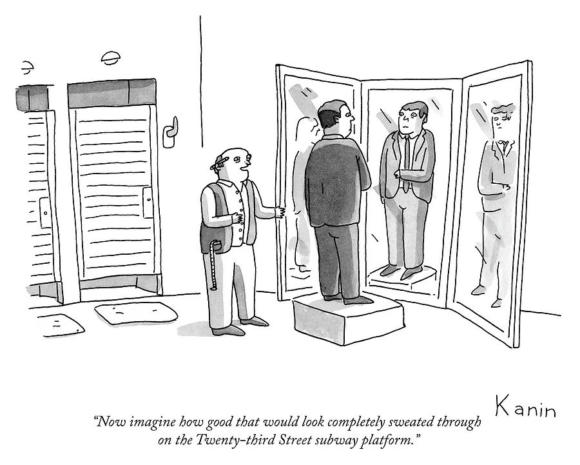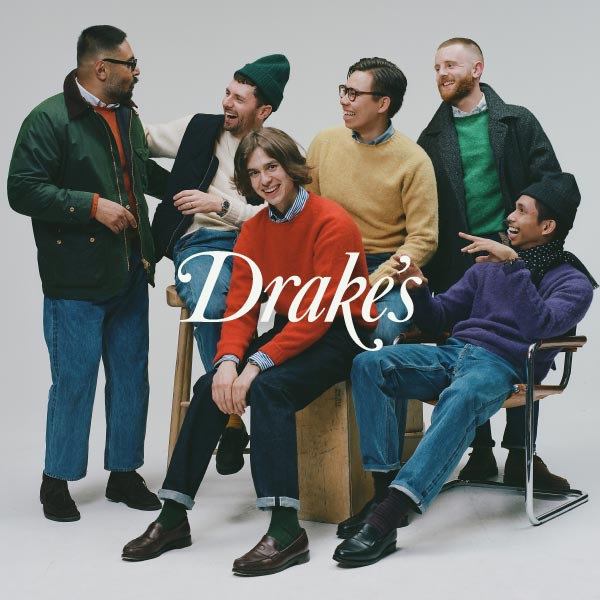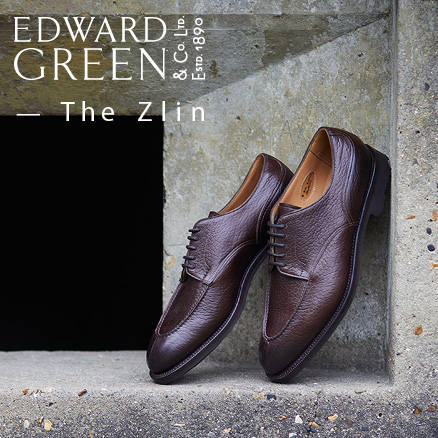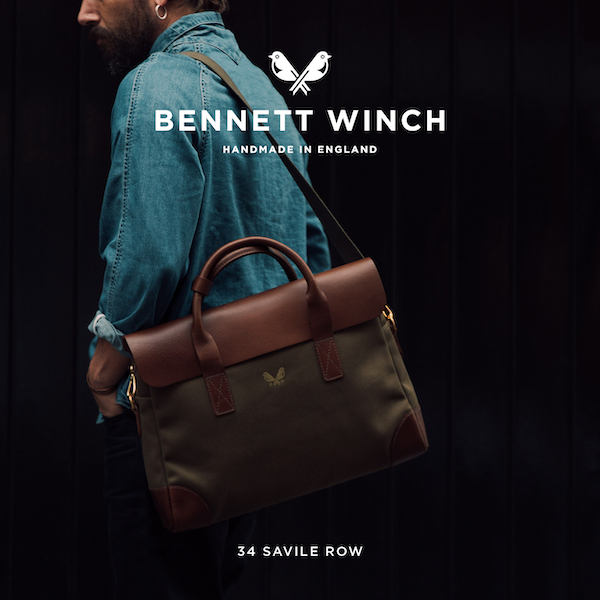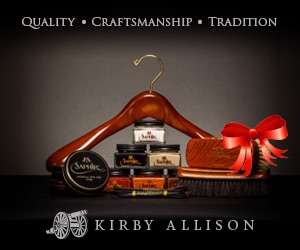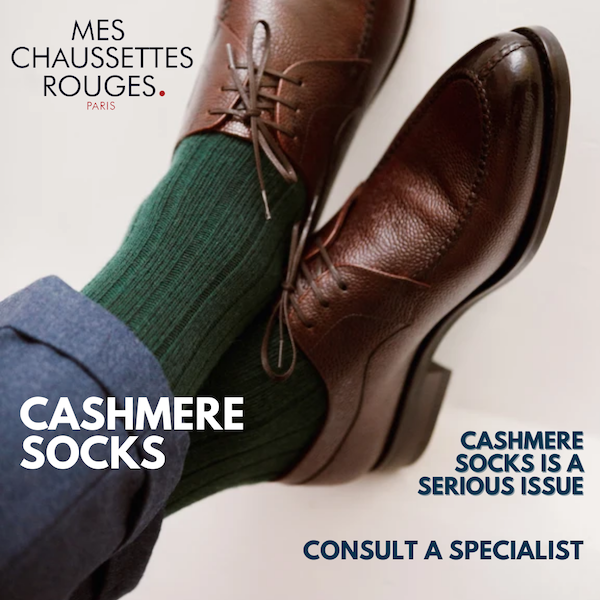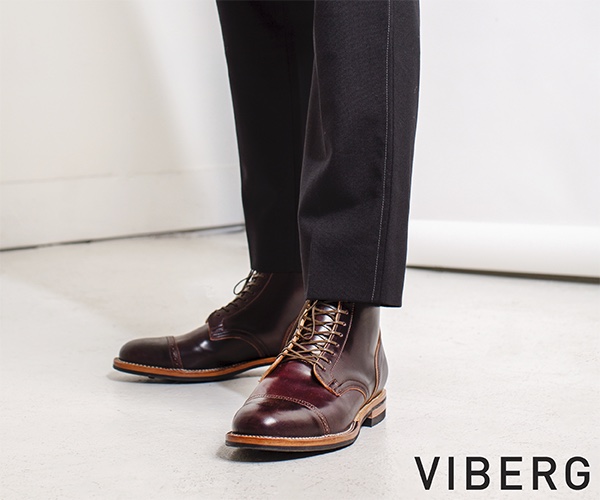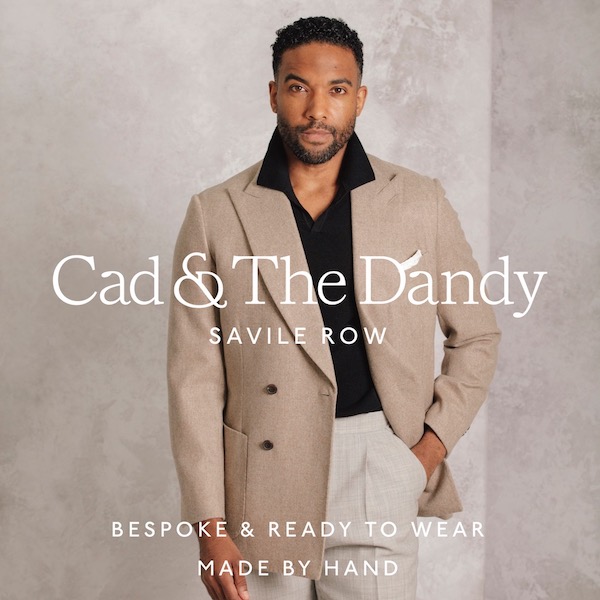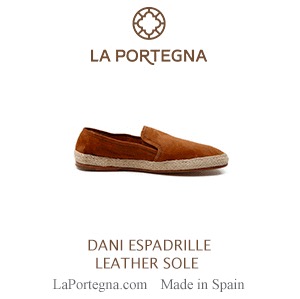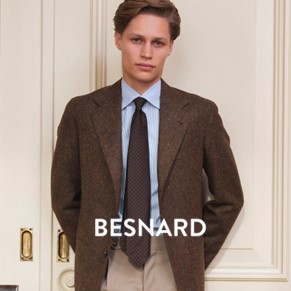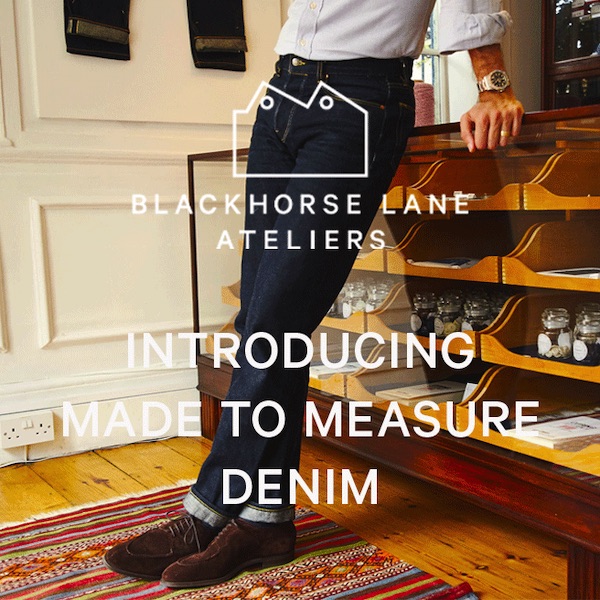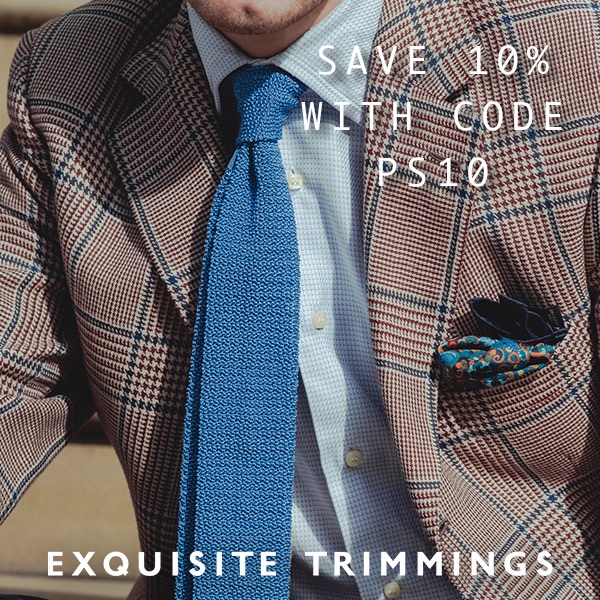The history of New York bespoke tailoring: An introduction with Bruce and Alan
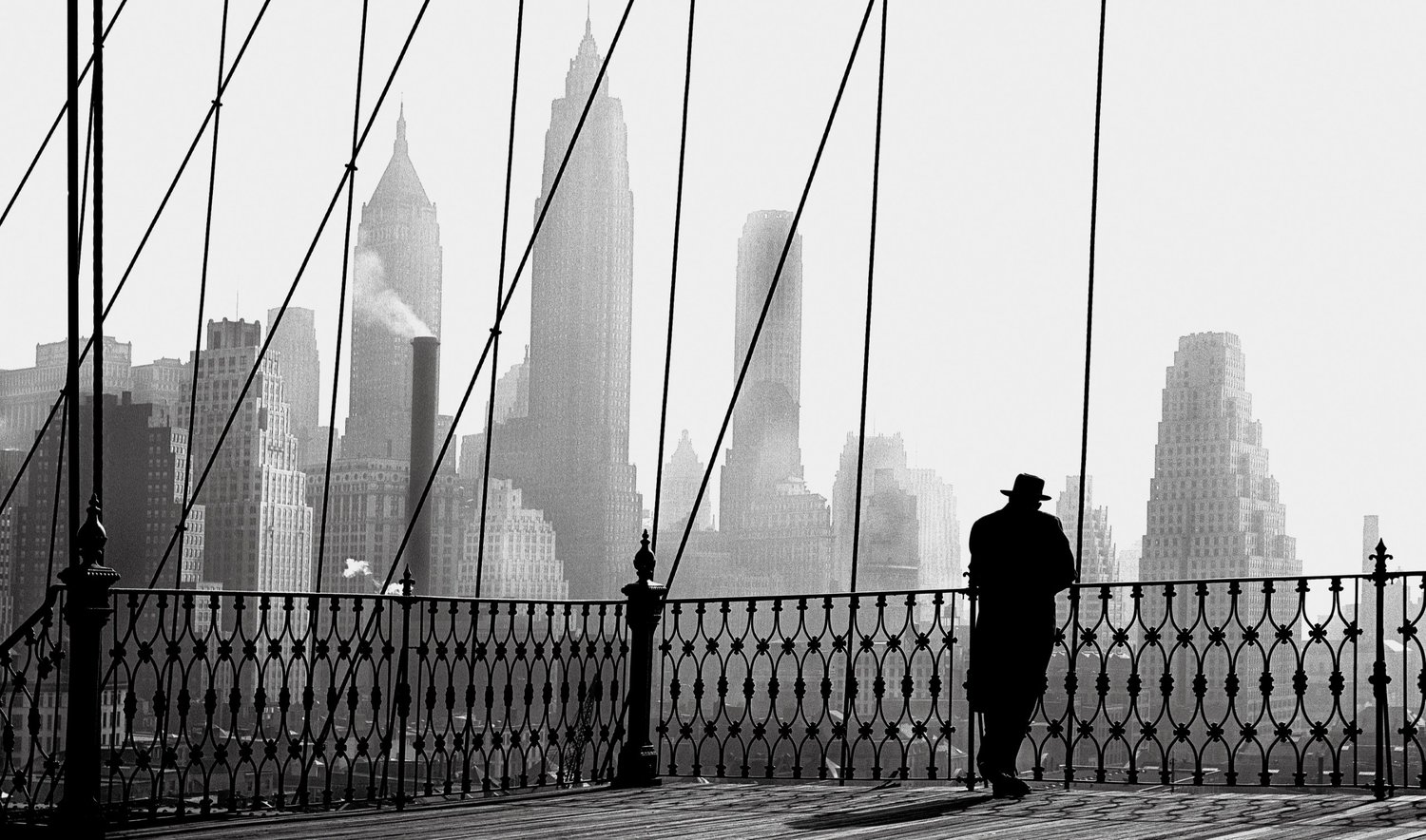
* This article is the first in a series that will look at New York bespoke over the years*
By Manish Puri.
In the 1956 version of the song New York’s My Home, Sammy Davis Jr. is eager to address the crazy rumour that some foolhardy New Yorkers are considering leaving town. He concedes that Chicago is “alright” and is willing to accept that San Francisco “is a lovely place”. But, in a rattling and light-hearted smackdown, he makes it known what all those other cities lack:
“It hasn't got the hansoms in the park / It hasn't got a skyline after dark
It hasn't got the handy subway train / You seldom find a taxi when it rains
It hasn't got the opera in The Met / It hasn't got a famous string quartet”
And that, ladies, and gentlemen, is why New York is his home, sweet home.
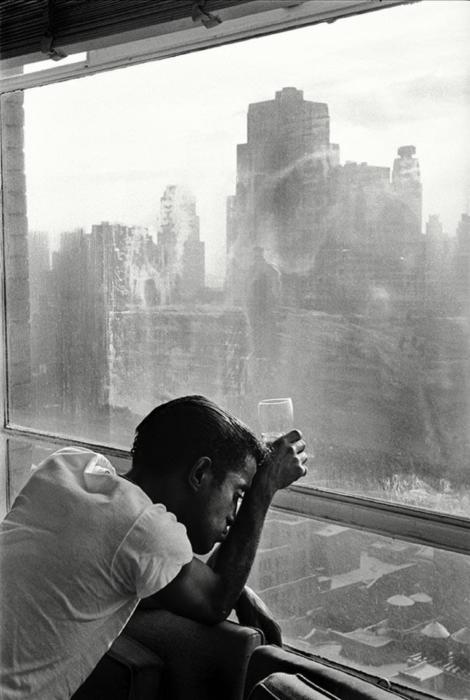
However, one thing Sammy doesn’t list as a virtue of New York is bespoke tailoring.
Now that could just be because it’s very difficult to rhyme “it hasn’t got a well-established, diverse range of artisans making quality bespoke.”
Or it could be that this magnificent metropolis (and, by the way, if the medical community ever wanted definitive evidence that a person can be literally bored to death, just watch me to talk to someone for an hour about how much I love New York City), relative to London at least, doesn’t have the bespoke tailoring history, the longevity of names, or the sheer weight of numbers one might expect.
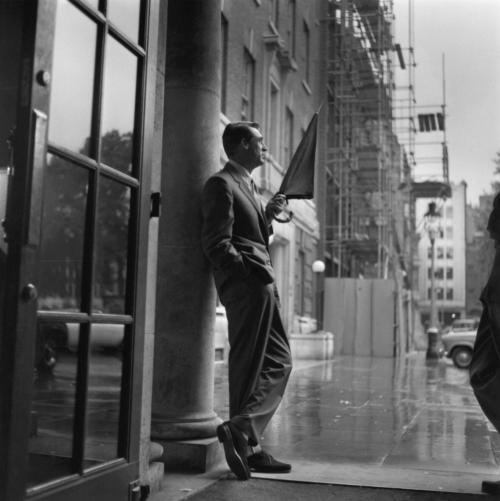
Which, of course, isn’t to say there weren’t (or aren’t) brilliant craftspeople forging their own identity and style in the New World. It’s just their stories are afforded less prominence than those of the houses of Savile Row or the sartoria of Naples.
I’d like to help address this through a series of articles that will dive into the history of New York bespoke– a continuation of a process Simon began with this compilation of tailors working in the city today, and, more recently, his bespoke review of Paolo Martorano. In future pieces, I’ll look in detail at some of the most venerated.
However, to help set the scene, we could think of no better authorities than G. Bruce Boyer and Alan Flusser who were most generous in sharing their recollections of the scene’s heyday, their take on who some of the most influential names were, and what remains today.
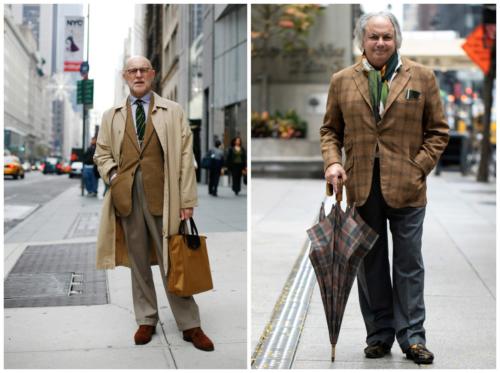
On the scene in its heyday
Alan Flusser (AF): Like any menswear capital, while generally deferential to all things Savile Row, Manhattan was host to a lively community of European-trained bench tailors as well as those bred on the East Coast carriage trade. The sixties saw many of them retire as upstarts like myself came onto the scene.
- Bruce Boyer (BB): I came on the New York scene in 1973 when I started writing for Town & Country about men's clothing. The majority of tailors were Italian, with a few British representatives.
On the options for a sartorial man about town
AF: Those was the days when a typical, sartorially capable male would have started at Brooks Brothers and gotten that very, very special grounding in taste and attitude about the way clothes should look and feel.
And then Paul Stuart was the next step because, in the sixties and seventies, they made shaped clothes – which women loved because it made men look sexier and thinner and younger.
And then the question of where you were going to go next, depended on the personality of the person. You were either going to get something custom made or you were going to wear a Pierre Cardin suit (who I worked for in the early seventies). It wasn’t as good quality as Brooks Brothers or Paul Stuart, but it had cachet, it had a look to it.
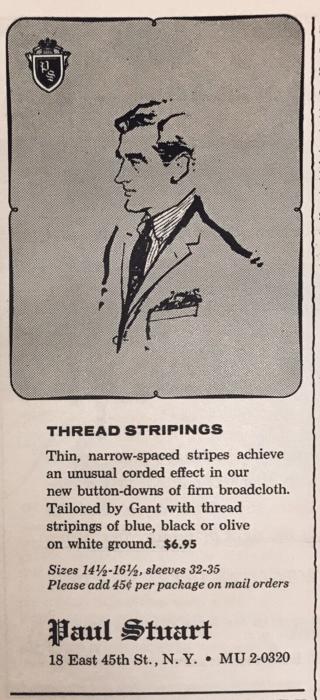
On the most celebrated names of New York bespoke/custom
BB: At that time, and over the next half century the most significant names in individualised tailoring were William Fioravanti, Morty Sills, Piero Dimitri, Henry Stewart, Dunhill Tailors, Roland Meledandri, Leonard Logsdail, Bernard Weatherill, Alan Flusser, Vincent Nicolosi, Cheo, Mimmo Spano, Nino Corvato, and Gilberto.
Of course, Spano and Flusser were not tailors, they were stylists, but Alan probably introduced more men here to personalised clothing than anyone, and Mimmo Spano started off working for Alan.
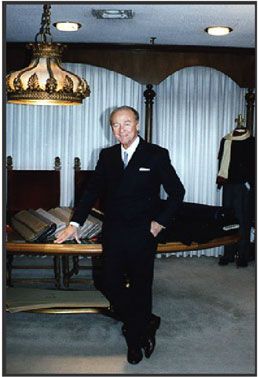
On William Fioravanti
BB: Bill Fioravanti was the most expensive (if he were in business today, his suits would probably start at about $10,000) and most successful tailor in NYC, with the largest number of tailors on premise, around 20.
His house style was similar to what Brioni in Rome was doing in that period. In the early seventies he designed what was called The Power Look, an architectural silhouette streamlined to a hard glamour with straight, high shoulders, a close waist and hipline, narrow sleeves and trousers. It was very clean. No wrinkles were permitted to mar the image of complete confidence for the successful executive businessman.
AF: Very charming guy. Bill made handmade clothing, but not in the tradition of England, in the tradition of Rome. And Bill's bailiwick was that he made very fitted clothes - Italian fitted clothes – with an overall purpose to make somebody look thin. So, clothes were cut in such a way that they gave you a much leaner line to everything.
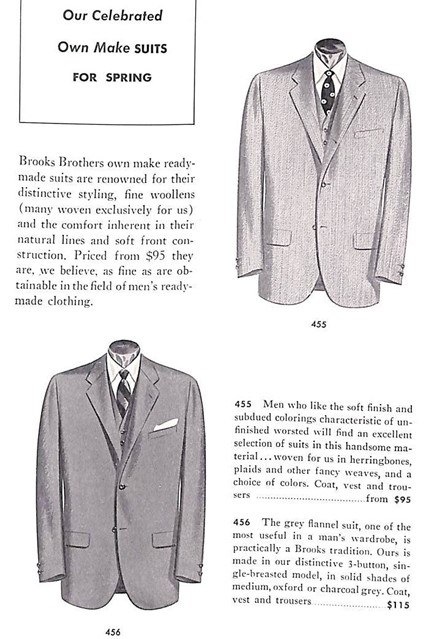
It wasn't a place that, by Hollywood or men's fashion standards, you'd think well-dressed men go, because it butted up against traditional American notions (from Brooks Brothers) that you don't want to see a guy who's been compressed into a suit and there's no wrinkles, etc. So it was a style of clothing that kind of fought, to a degree, with traditional American architecture.
But the quality of what he made was legitimate. And especially in the early days, you couldn't buy a ready-made suit that looked like that - nobody was selling it.
BB: A few years ago, I was in Bill’s atelier, and one of his customers came in - this guy was the president of a very large American bank. He said to me, "Mr. Boyer, do you know why I wear Fioravanti's clothes?" I wanted to say, "Because God gave you too much money?" But I didn't, I said, "Why?” And he said, "Because when I walk into the boardroom, I want everybody to understand, even before I open my mouth, who's in charge here. And his clothes do that for me." There was a great truth in that, all the way around.
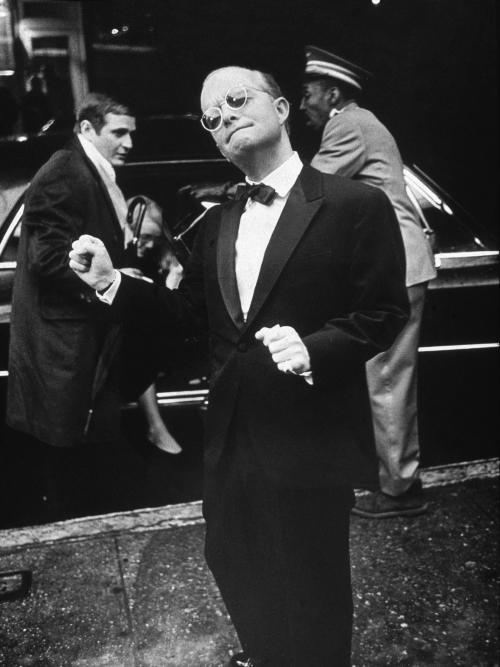
On Dunhill Tailors
BB: Not to be confused with the English firm of the same name – Dunhill Tailors was run by two brothers from Pennsylvania. They made a good team because one had the better eye for design and the other for business.
Dunhill Tailors was popular for almost half a century with the EEE (Eastern Elite Establishment) who wanted no-nonsense tailoring of high quality and tasteful styling. The house style was mid-Atlantic, a bit of Ivy mixed with a bit of British and characterised by a middle-of-the-road philosophy of everything in moderation.
Quiet yet stylish, well-made, well-fitted garments that spoke softly but carried a lot of weight.
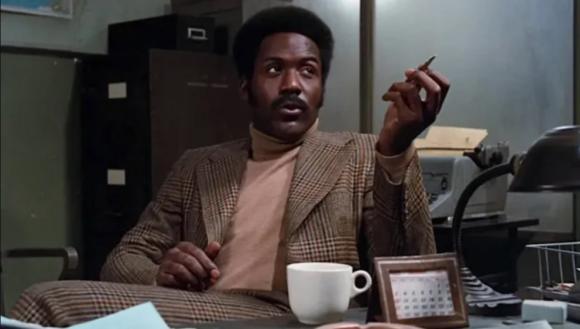
On Morty Sills
AF: Morty was this very avuncular and down-to-earth man. He had the young Wall Street, Master-of-the-Universe guy. And, as a matter of fact, even though I did the clothes in Wall Street the movie, I think Michael Douglas tells Charlie Sheen to go to Morty Sills and get some clothes.
BB: Morty became an iconic name in town among young executives who wanted something a bit more sophisticated than Ivy style. Morty once told me his ideal was Fred Astaire, and he more or less copied Astaire's look: an Ivy-styled coat but with subtle shape, small extended shoulder, soft chest and nipped waist, flared skirt with side vents, moderate lapels and sleeves that tapered at the wrist.
AF: He was a Fred Astaire-phile because he looked a little bit like Astaire, same body. He liked fitted clothes, a natural shoulder type which a lot of people were starting to experiment with. Paul Stuart had introduced a soft shoulder, two-button coat - that was a big deal. Ralph Lauren was also coming on with a soft shouldered, fitted coat.
BB: It was a hybrid of Savile Row and Princeton, taking the best of both and constructing a comfortable, stylish, and slightly casual look; an elegantly balanced silhouette, nothing over- or under-wrought. He had a clientele of young lawyers, stockbrokers, entrepreneurs, and a few confident celebrities who would have shopped at Dick Carroll's if they were on the West Coast.
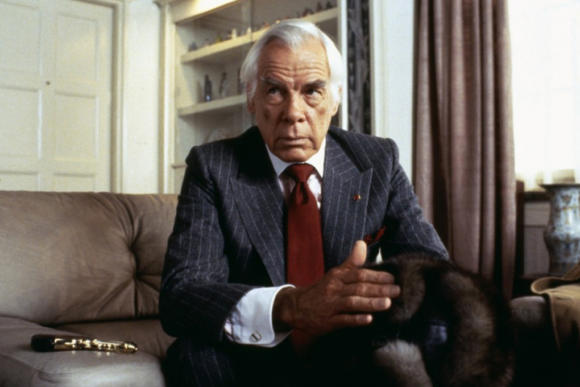
On Henry Stewart
AF: Henry was probably the most traditional tailor out of the conventional Savile Row experience.
And he had very trained Savile Row taste. That means that he understood, as an example, if you made a Glen plaid black and white suit, you used grey thread that disappeared - that's a Savile Row trademark. As opposed to America, where, if we had a black and white coat, somebody would put on a black buttonhole and then you'd be able to see the buttonhole.
BB: Suits were upright and well-constructed, shaped with layers of infrastructure and made to stay that way. Stewart was surgically adept and knew all the tricks, all the ways of giving a man whose shoulders were shaped like a burgundy bottle a square cut silhouette and give a concave chest some muscle.
He once showed me a coat he'd made for a man who had a hip removed; the one side pocket had been lined with extra layers of cloth to fill in the missing space.
AF: He had an interesting way of drumming up business. He would periodically declare that he was retiring - like a Rolling Stones farewell tour. Everybody understood after two or three times that probably wasn't going to happen, but they would buy a suit.
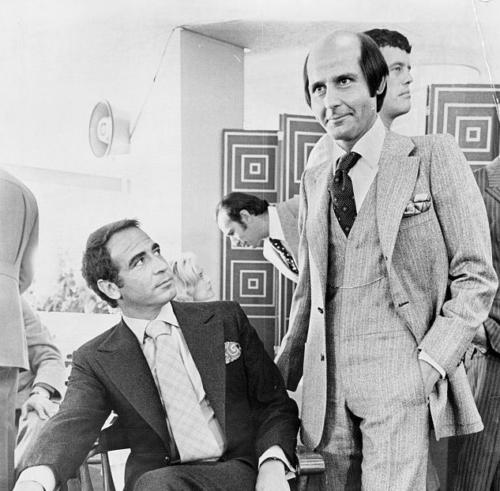
On Roland Meledandri
AF: Roland Meledandri was his own invention.
He made wide-lapel suits, long or even open collar shirts, and wide ties. And this guy, who was literally pencil thin, was wearing clothing which fit within an inch of his life. But the proportions of the clothing were completely different to where everybody else was going.
BB: Roland may have been the most influential tailor in NYC in the second half of the Twentieth Century, if for nothing else than - and this is an oft-told tale in the NY garment district - that he inspired Ralph Lauren's favourite coat silhouette.
AF: Roland was kind of the model, at the time, for what Ralph became (and in my book, Ralph Lauren: In His Own Fashion, I think I devote a half a page or so to Roland). He was really the first designer, because his look was a designed look. He had real taste - it was a little bit more Italianised than Ralph, who was more Anglified. And he was the first person to feature Ralph's ties at retail.
And, to a certain degree, he was a model for my own custom tailor business. Cause he was a guy who didn't come from menswear, but you looked at him and you just wanted to dress like him.
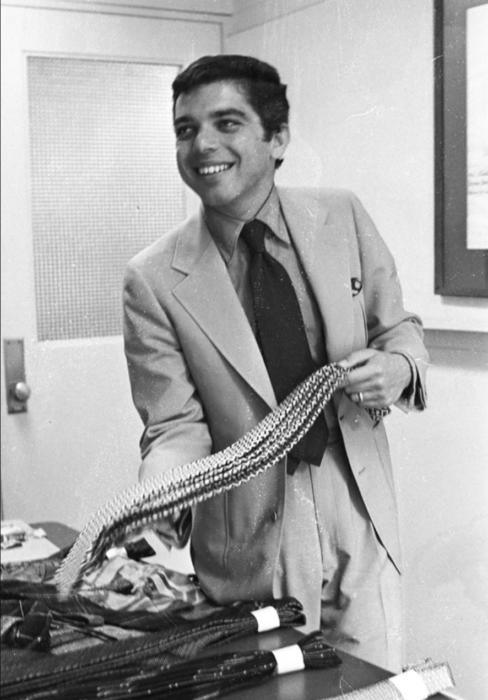
BB: Roland hated the understated campus clothes of the Old Wasps and developed his own sense of what sophisticated guys should wear, based on influences from Fred Astaire to Mr Fish. He liked wider ties and colourful shirts with larger collars, colourful tweed jackets and bold-striped flannel suits in winter and gabardine suits in summer.
He took a trad coat and lowered the two-button stance, widened the lapels two inches, deepened the vents the same amount, nipped in the waist and flared the skirt, and straightened the shoulder line a touch for a more rakish look. Trousers were narrow and pleatless, some had Western pockets.
AF: Walking into Roland’s was really, for some people, like walking into 346 Madison Avenue at Brooks. I mean, it was really the centre. I think probably the only reason Roland didn't become much larger was that he didn't give a shit what you thought. It was his way or the highway. And his way was generally the right way because he had created this look.
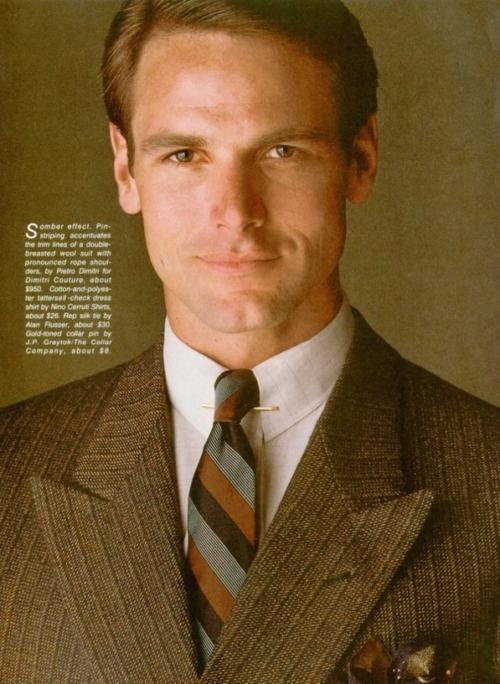
On Piero Dimitri
BB: Piero was a young Italian tailor, from Sicily I think, who brought a decidedly fashionable approach in Manhattan. He preferred to cater to high-end celebrities - I once had a nice chat with Robert Evans, the film producer, at Piero's atelier - who weren't afraid to order a dozen jackets or suits at a time.
The house style was narrow and lean with a small soft shoulder and chest, the body narrowing to a close waist and hips. Sleeves were narrow and the preferred style was minimalist with no pocket flaps or vents. Trousers were narrow, Dimitri liked full top pockets and a low-slung waistband.
It was styled closer to what the Neapolitan tailors of the day were producing. Elegant, youthful, and international haute couture for men with taste and money.
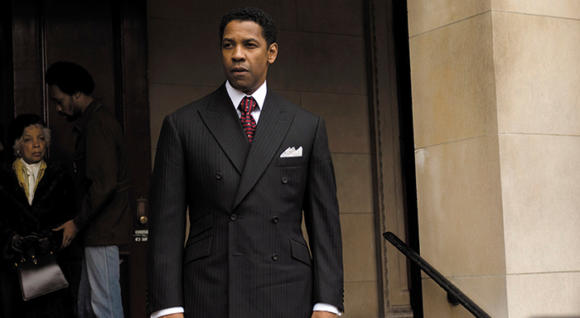
On Leonard Logsdail
BB: Leonard is a London-trained tailor who came to NYC in the last quarter of the Twentieth Century and has carved out a spot for himself as the most prestigious bespoke maker in town, we might say in the whole country.
The house style is quietly tasteful and Mid-Atlantic, the beauty being in the subtlety of shaping and design. Shoulders are moderate and imperceptibly sloped, waists are curved inward and skirts gently flared outward, sleeves unobtrusively tapered, the coat's middle button sits at the waist and the lapels widen to the perfect pitch and width.
He also has something of a specialty with gentlemen who want hunting kit such as Norfolk tweed jackets with plus fours and shooting cape or waistcoat, for that little shooting box in Scotland or somewhere in Texas.
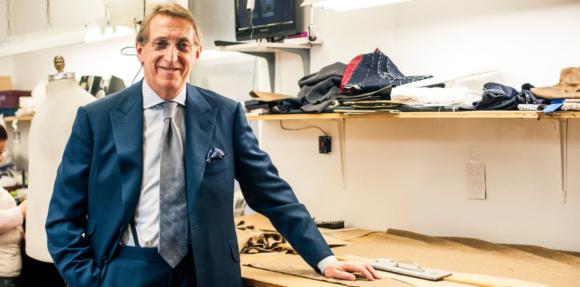
On whom remains
AF: Most of the tailors we're talking about were older - sixties. So, they were coming to retirement around the same time as this casualisation of clothes occurred.
And most of the tailors didn't have a feel for fashion. They were people trained on a bench and from a working-class background. They were set up to do classic, Savile Row-esque clothes. The idea of making something that didn't have a structure or making shirt-sleeve shoulders - it's just not something they knew. Even if they knew how to make it, they didn't understand what kind of fabrics they needed.
BB: Apart from Logsdail, none of these men are left. If the name is being used, the business has changed. This is inevitable because great tailoring firms are made by great tailors, tailors not only of incomparable skill, but of vision and personality.
The vision comes into play when the tailor sees the style of the zeitgeist before him. When he understands how his potential customers want to appear, when he can translate their dreams of themselves into cloth coverings. For the past 50 years more and more men (and some women) who think about such things have gone into design rather than craft.
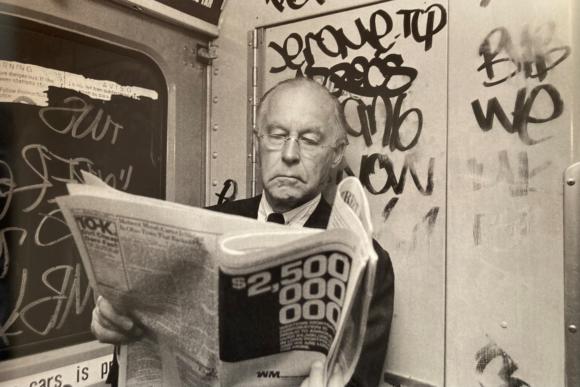
Bruce Boyer’s new book RIFFS: Random Reflections on Jazz, Blues and Early Rock is scheduled for publication in late spring/early summer.
Alan Flusser’s most recent book Ralph Lauren: In His Own Fashion is out now.
Manish is @The_Daily_Mirror on Instagram
from Permanent Style https://ift.tt/eVlDijA
via IFTTT
